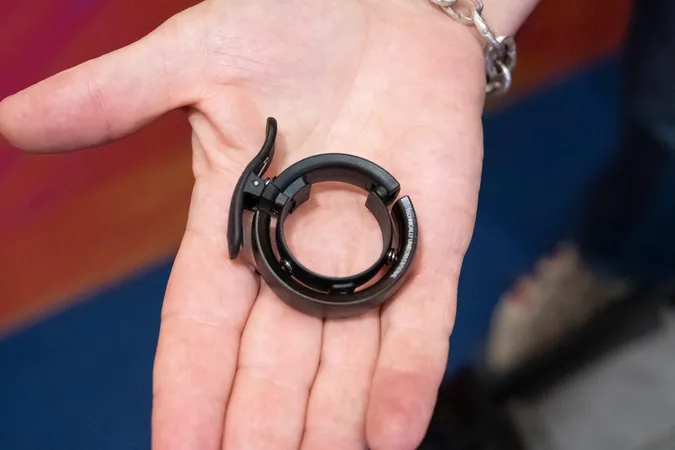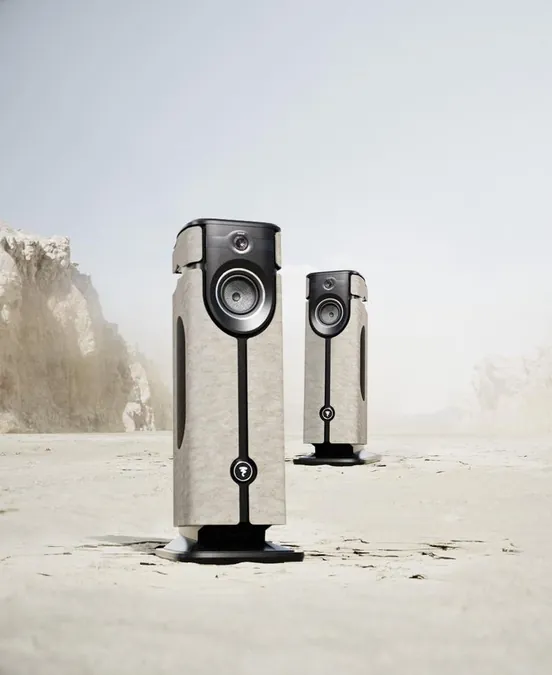
Firefly Aerospace Unveils Ambitious Plans for Its Medium Launch Vehicle: A Glimpse into the Future of Rocket Reusability
2024-09-27
Author: Benjamin
Introduction
As Firefly Aerospace gears up for its upcoming Alpha rocket launches, the company is making significant progress on its next-generation Medium Launch Vehicle (MLV), featuring the innovative Miranda and Vira engines. Utilizing the Briggs test site in Texas, Firefly's Chief Engineer, Miles Gray, recently provided updates on the vehicle's development and reusability strategies, which aim to echo the efficiency of SpaceX's advanced Mechazilla catch system.
Company Background
Since its revival in 2017, Texas-based Firefly Aerospace has been working diligently to capture its share of the growing small satellite launch market. After successfully developing and launching its Alpha vehicle multiple times, Firefly is now setting its sights on larger rocket capabilities with the MLV—a rocket that will mark a significant evolution in the company's operational scope.
Specifications of the MLV
At an impressive height of 55.7 meters, the MLV dwarfs the Alpha rocket, which stands at 29.5 meters. While Alpha is capable of lifting just over 1,000 kg to low-Earth orbit (LEO), the MLV is engineered to carry a staggering 16,300 kg, propelling Firefly into a new league of heavy-lift capabilities.
Partnerships and Development
In a strategic partnership with aerospace giant Northrop Grumman, Firefly is advancing the MLV development, currently conducting qualification tests on carbon composite structures derived from its predecessor, Alpha. Understanding the importance of reusability in spaceflight, especially after SpaceX's groundbreaking successes, Firefly aims to implement a recovery system that diverges from traditional landing approaches.
Innovative Recovery Concepts
“We’re focused on making sure that everything on the rocket has a purpose,” Gray explained. “Our approach is about efficiency. We’re exploring multiple designs, including a unique ground catch system rather than simply applying landing legs.” This distinctive design philosophy positions Firefly to evaluate three different recovery concepts that will maximize the rocket's return precision.
Propulsive Landings and Efficiency
Firefly's strategy will also incorporate propulsive landings, with engines engaged just before capture to reduce speed effectively. “Using the engines for landing is crucial, as it allows us to optimize fuel usage,” Gray remarked. In an innovative twist, the design may feature grid fins that serve as hard points for securing the rocket during recovery—contrasting with SpaceX's landing systems.
Manufacturing Expansion
In addition to this, Firefly has ramped up its manufacturing capabilities, doubling its Briggs campus's footprint from 90,000 to over 200,000 square feet. This expansion includes two new manufacturing facilities and two test stands, one dedicated to structural testing and the other to engine qualification. The first MLV pressure and propellant tanks have already been constructed, utilizing an Automated Fiber Placement (AFP) machine designed to layer carbon fiber quickly and efficiently.
Engine Design and Performance Goals
The MLV will utilize seven Miranda engines, designed for deep throttling that aids its reusability goals, drawing from lessons learned during the Alpha program. Furthermore, this new vehicle will incorporate proven systems from the Antares program, ensuring robustness in technology transfer.
Conclusion
With the MLV, Firefly not only aims to enhance performance vastly compared to its predecessor but also to establish a sustainable business model positioned for growth in the competitive aerospace industry. This progressive leap—supported by technological advancements and strategic partnerships—will ensure that Firefly Aerospace remains a strong contender in the evolving landscape of space launch services.
As the countdown to launch begins, the excitement surrounding Firefly's MLV development underscores a pivotal moment in the future of space exploration—a testimony to innovation, collaboration, and the relentless pursuit of excellence. Stay tuned as Firefly Aerospace continues to unveil its groundbreaking initiatives that may redefine the boundaries of rocket reusability.









 Brasil (PT)
Brasil (PT)
 Canada (EN)
Canada (EN)
 Chile (ES)
Chile (ES)
 Česko (CS)
Česko (CS)
 대한민국 (KO)
대한민국 (KO)
 España (ES)
España (ES)
 France (FR)
France (FR)
 Hong Kong (EN)
Hong Kong (EN)
 Italia (IT)
Italia (IT)
 日本 (JA)
日本 (JA)
 Magyarország (HU)
Magyarország (HU)
 Norge (NO)
Norge (NO)
 Polska (PL)
Polska (PL)
 Schweiz (DE)
Schweiz (DE)
 Singapore (EN)
Singapore (EN)
 Sverige (SV)
Sverige (SV)
 Suomi (FI)
Suomi (FI)
 Türkiye (TR)
Türkiye (TR)
 الإمارات العربية المتحدة (AR)
الإمارات العربية المتحدة (AR)